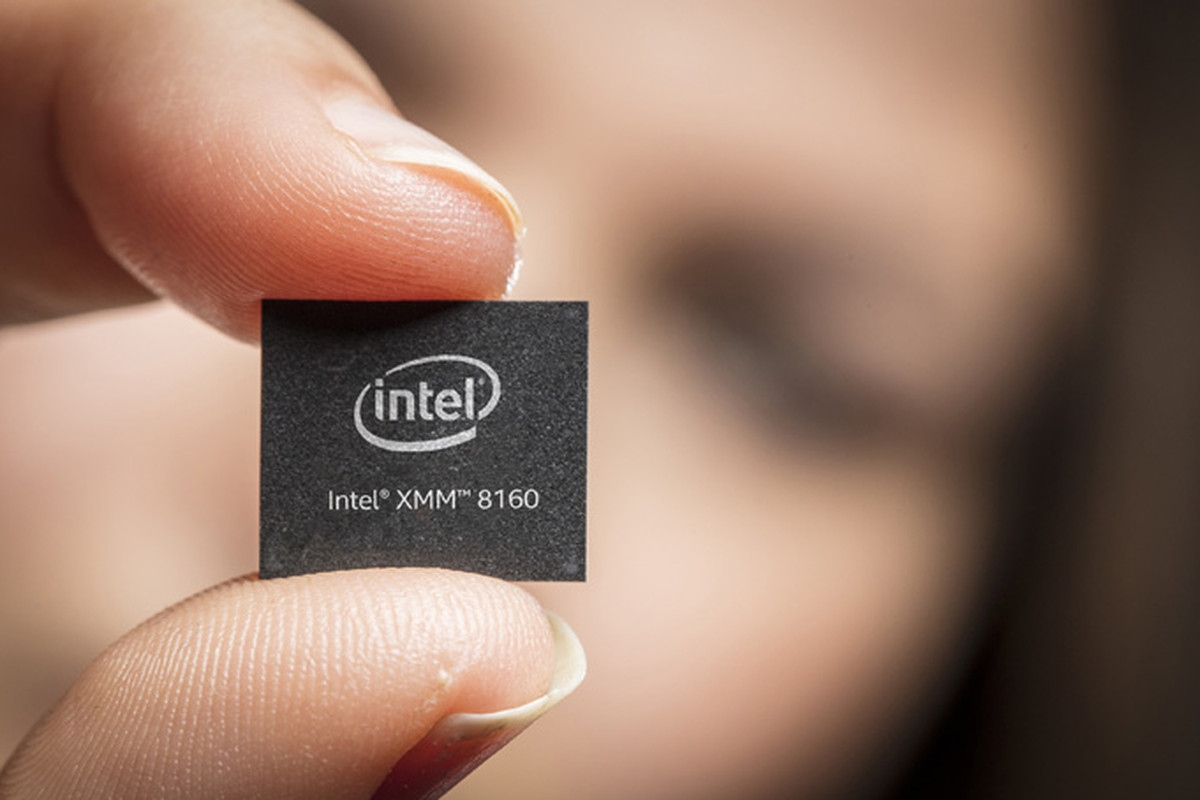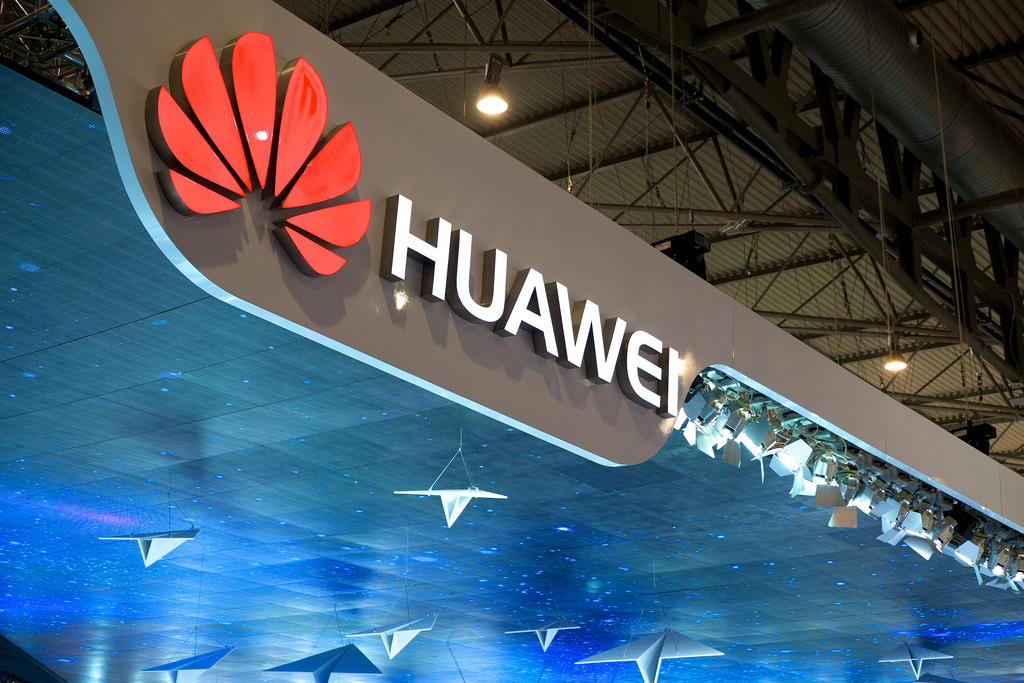Telecoms
Telecoms
UK police forces could save money on new Tetra devices, despite impending 4G ESN deployment
The UK Government may have announced the end of austerity, but that doesn’t mean that there aren’t still savings that can be made by public bodies. In fact, police forces in the UK will now benefit from a national Airwave procurement framework which could potentially lead to huge savings in the long term.
The Police ICT Company, the firm set up to manage technology used by forces across the country, has announced that it has awarded the national Airwave terminal procurement framework contract to Motorola Solutions and Sepura plc. This will provide a single place for forces up and down the country to procure Tetra (Terrestrial Trunked Radio) devices and accessories, all of which utilise the Airwave network.
It’s unsurprising to see Motorola Solutions nab the contract, after all the firm owns Airwave Solutions, the operator of the UK’s Airwave network. This network is used by the UK’s emergency services and is meant to be more reliable than the consumer networks, although there have been teething issues over the years.
While the new framework is being managed by the Police ICT Company, there’s nothing stopping other emergency services from using it. That means that the potential for savings could be huge. The framework has been specifically designed for the police, however, and is all part of an effort to standardise spending across the country - rather than allowing forces to spend vastly different amounts on the same technology.
Police ICT Company CEO, Ian Bell, said, “This is excellent news for the police service and its public sector partners, who will also have access to the framework, ensuring full price transparency and lowest cost across the supply chain over the course of the framework agreement.
“In addition to the clear and immediate benefits of significant efficiencies and discounts to forces, the fact that the Company will manage the contract with Motorola and Sepura on their behalf will help streamline governance, reduce collective contract management burden and drive commonality.”
Despite the deployment of this new framework, Airwave isn’t destined for this world. In fact, it was initially scheduled to have been shut down in 2019, although that has since been pushed back thanks to problems with its successor, the 4G Emergency Services Network. The £1.2 billion network development run by EE was supposed to begin operation in 2017 but has been dogged with problems; it is now both over budget and behind schedule. The UK Government has since confirmed that it will be rolled out in stages, with the first deployment of the technology scheduled for January 2019.
That doesn’t mean this new framework isn’t good news for the short term. The average handheld Tetra device costs around £1,300, while this national procurement plan could bring that cost down further. It will also enable forces replace their outdated technology, although it won’t help speed up data speeds - which are notoriously bad on the Airwave network.
Fergus Mayne, Motorola Solutions´ sales director for UK and Ireland, said: “We are pleased to be part of the National Airwave Terminal Framework contract with the Police ICT Company to provide police forces with a very competitive offering of a wide range of devices and solutions for their mission-critical communications needs, including handheld, mobile and covert digital radio terminal options. Our portfolio is designed for the specific needs of police forces.”
Jordan O'brien - 20 November 2018
Telecoms
Intel moves up 5G modem release, although it’s still late to the party
Qualcomm has already staked its
claim that 5G
smartphones are coming in 2019, and it turns out Intel isn’t that far
behind. Like Qualcomm, the world’s second largest chipset manufacturer has
announced its very own 5G modem – with Intel’s chip reportedly destined for the
future iPhone.
Intel’s 5G modem, the XMM 8160,
was first tipped to be released in 2020, although that release has since been
moved forward, with it now set to land in the second half of 2019. That accelerated
timing is unsurprising given the fact that Qualcomm has a huge head start with
the X50 5G NR modems. Unlike Intel’s chips, which will be released to
manufacturers in late 2019 for the first products to be launched in 2020,
Qualcomm is expecting to have the first 5G-enabled products on shelves in the
first half of 2019. That’s roughly the same period that both Huawei and
Samsung plan to make its own 5G-enabled devices using in-house 5G modems.
“Intel’s new XMM 8160 5G modem provides the ideal solution to support
large volumes for scaling across multiple device categories to coincide with
broad 5G deployments. We are seeing great demand for the advanced feature set
of the XMM 8160, such that we made a strategic decision to pull in the launch
of this modem by half a year to deliver a leading 5G solution,” noted Dr.
Cormac Conroy, Intel corporate vice president and general manager of the
Communication and Devices Group.
Although it may appear as if Intel
is going to be left behind while other chipset manufacturers rush out their 5G
modems, the company does have an ace up its sleeve. 2018 represented the first
year that Apple began using exclusively Intel components in its smartphones.
This is unsurprising given the bitter legal battle between Apple and Qualcomm,
but it means that the iPhone won’t receive 5G connectivity until 2020 at the
earliest.
It’s not just the iPhone that will
likely power the Intel 5G modem’s popularity, with the company also relying on
its ability to perform across device categories. That means Intel is
envisioning the XMM 8160 making its way into PCs and tablets, as well as
broadband access gateways.
In terms of specification, the
Intel XMM 8160 will support the new standard for 5G New Radio (NR), including
standalone (SA) and non-standalone (NSA) modes, while it will also be capable
of connecting to legacy networks such as 4G, 3G and 2G. Intel says that, unlike
other early 5G modems, it’s offering a single chip that supports both legacy
connections as well as 5G. That means that manufacturers who choose to opt for the
XMM 8160 over a 5G modem coupled with a separate modem for legacy connections
should see better power efficiency.
Intel’s XMM 8160 also leads in the
speed department against many of its competitors. While Huawei’s first 5G modem
promises download speeds of up to 2.3Gbps, and Qualcomm’s promises 5Gbps, Intel
claims that its 5G modem is capable of delivering speeds of up to 6Gbps. That
puts it on par with Samsung’s Exynos Modem 5100 which offers similar speeds.
Despite the launch of 5G modems
and the upcoming debut of 5G phones, it’s not worth getting too excited yet. Outside
of limited trials, 5G networks have yet to be widely rolled out, with the
UK government not expecting a rollout until 2025. That means even if the 2020
iPhone comes with one of these new Intel modems, many consumers will still be
left using one of the various legacy networks it also supports.
Jordan O'brien - 13 November 2018
Telecoms
GlobalData: ZTE phones disappearing from US prepaid market due to political pressure
Once a leader in the US prepaid market, ZTE is disappearing from US prepaid operator shelves due to its troubles with the US government, says GlobalData, a data and analytics company.
GlobalData’s pricing tracker, ‘Handset Pricing and Promotions, Web, U.S.’, shows that the number of ZTE smartphones on prepaid operator shelves fell 48% from June 2018 to September 2018. The sudden drop in the number of ZTE devices is an indication of wariness on part of US carriers to engage with ZTE due to political pressure.
Anisha Bhatia, senior analyst, consumer services, platforms and devices at GlobalData comments, “US carriers are the gatekeepers to smartphone sales, and they are risk averse in a heavily regulated market.
“GlobalData’s numbers show that nearly every US prepaid carrier offers ZTE phones, with ZTE making up as much as 14% of the devices carried by some prepaid operators. The percentage is even higher below the $150 price point.”
According to GlobalData’s research, at the end of September 2018, ZTE had only 21 phone models in prepaid – half the number it had three months ago.
Phones disappear from shelves all the time; but the key here is the large number of dropped phones in a single quarter, and ZTE has not replaced them with new devices.
Bhatia concludes: “To find its way back on US shelves, ZTE should restructure its operations to bring fiscal transparency and distance its device business from its infrastructure business. ZTE could rebrand its devices group to something without ‘ZTE’ in it and use its premium Axon sub-brand to reinvent itself across regions.”
DCNN staff - 6 November 2018
Internet
Telecoms
Huawei: 5G is now
5G will see the number of global telecom sites increase dramatically, and the network power consumption will be doubled.
Recent research conducted by Huawei found that more than 70% of the sites will face the challenge of insufficient capacity of power, battery and distribution, and more than 30% of the sites need grid modernisation, which will definitely bring high CAPEX to carriers. As the power supply of the network, how can the telecom companies achieve efficient and smooth evolution in a 5G era to cut down the CAPEX and shorten the time to market? How do the companies effectively manage the massive sites to reduce OPEX? How do they improve energy reliability to meet high reliability and low latency of network business needs? According to Huawei these are the problems that carriers need to address squarely.
To this end, Huawei said it launched its 5G Power series solutions to ensure that energy evolution is simpler, more reliable and more efficient in the 5G network process. Huawei believes that site synergy, network synergy and business synergy will be the direction for telecom energy in the future. All equipment will be synergic from end-to-end and help carriers improve energy efficiency and reduce OPEX. Huawei says its 5G Power solution provides a scalable energy solution for newly built sites and sites that have undergone modernisations. With the design concept of ‘one site, one cabinet’ and ‘one band, one blade power’, the Huawei Power series is said to adopt innovative technology of peak shaving, linked voltage boosting and energy slicing, and fully considers the capacity expansion of cooling and battery backup. Facing the capacity expansion requirement in the future, the maker says its 5G solution enables carriers to avoid energy modernisation and get 5G network overlaid quickly.
Tao Hongming, president of Huawei telecom energy business, remarked at the launch ceremony, “Based on deep understanding of pain points carriers are facing in the progress of network evolving, Huawei 5G Power Solution achieve end-to-end synergy from wireless network to telecom energy, which will further enable carriers to build networks quickly, reduce site energy consumption, and maximise their investment value. As a telecom energy supplier who is able to provide end-to-end ICT solutions, Huawei is willing to work with carriers and industry partners on continuous innovation and exploration, and jointly solve the energy challenges in 5G era.”
DCNN staff - 16 October 2018
Telecoms
Vodafone sets 5G trials but is in no rush to roll it out
As part of its plan to start limited deployments in dense urban areas, Vodafone announces that it will begin testing next-generation 5G mobile networks in seven of Britain’s largest cities.
With testing due to start in the latter part of 2018, the management of global operator Vodafone Group has signalled it is by no means in any rush to roll out 5G; seeing the potential tenfold increase in mobile broadband speeds it offers as an initial way to wire greater efficiencies out of network choke points.
As the third largest mobile operator, Vodafone UK say it will be laying the groundwork for 5G services as a supplement to already existing 4G networks – these will be installed in 40 locations surrounding Birmingham, Bristol, Cardiff, Glasgow, Liverpool, London and Manchester.
Vodafone, in a bid to target highly trafficked urban areas such as sports venues, offices, factories and hospitals, says its latest trials of 5G will commence between October and December 2018.
This may seem risky to some considering rival mobile operator EE, a unit of BT Group, has just released its plans to get the ball rolling by switching on the UK’s first 5G trial network in East London in October.
Adding to the reasoning behind its delay to switch on, Vodafone acknowledges its broad program of 4G network upgrades undertaken across Europe in recent years –combined with its strong position in licensed radio airwaves – ensures that it has capacity to meet traffic demand for years to come.
The company says it is waiting until 5G-ready phones and other devices start to become available in the 2020 timeframe before it considers fuller 5G deployments. Vodafone has forecast that 5G is unlikely to be adopted by 50% of phone users before the middle of the next decade, or around seven years out. But, all things considered, could this be a risky option?
DCNN staff - 20 June 2018

Head office & Accounts:
Suite 14, 6-8 Revenge Road, Lordswood
Kent ME5 8UD
T: +44 (0)1634 673163
F: +44 (0)1634 673173




